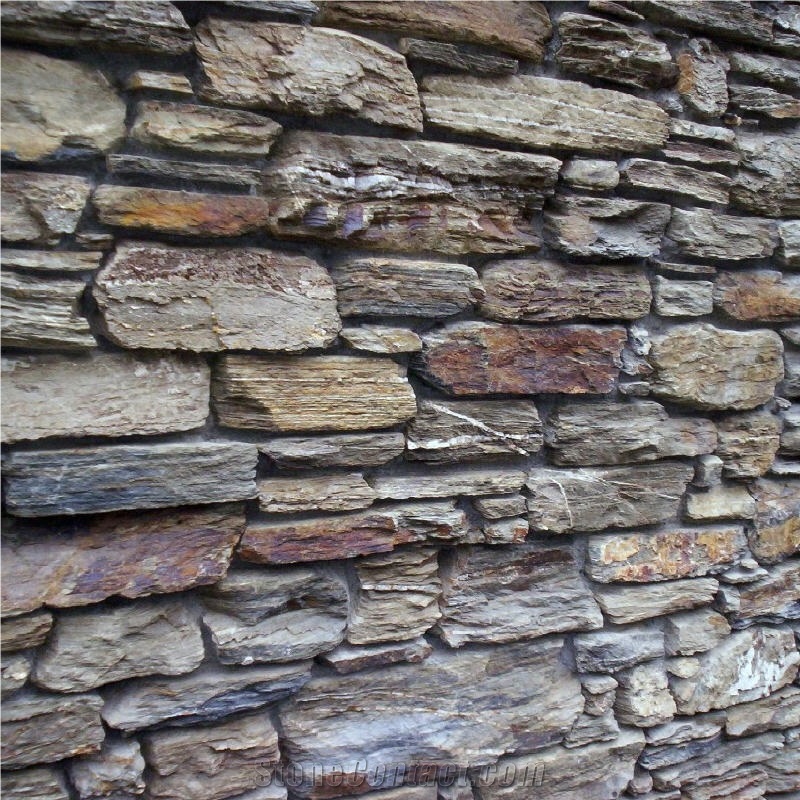Can New Zealand's Kingston Schist be used exterior applications in very humid climates?
The New Zealand Kingston Schist is a popular stone used for exterior applications, including cladding and landscaping. However, whether it can be used in very humid climates depends on several factors.
Kingston Schist is a durable and weather-resistant stone, making it suitable for a range of climates. However, extreme humidity can pose challenges for any natural stone. Excess moisture can cause the stone to absorb water, leading to potential issues like efflorescence, discoloration, or spalling.
In very humid climates, it is essential to consider proper installation and maintenance techniques to minimize these risks. Some measures that can help include:
1. Adequate sealant: Applying a high-quality sealant designed for natural stone can help prevent moisture absorption and mitigate potential issues associated with humidity.
2. Correct installation: Proper installation by skilled professionals is crucial to ensure that the stone is securely attached and sealed, reducing the chances of water infiltration.
3. Regular maintenance: Regular cleaning and inspection can help identify and address any emerging problems before they escalate. This may involve removing any moss, mold, or other organic growth that tends to thrive in high humidity.
4. Proper drainage: Ensuring efficient surface and subsurface drainage will minimize the amount of water that comes into contact with the stone, reducing the risk of water-related damage.
While Kingston Schist can be used in very humid climates, it is advisable to consult with local stonemasons, architects, or industry professionals familiar with the specific climate conditions to ensure proper installation and maintenance practices are followed. They will be able to provide expert advice and recommend suitable alternatives, if necessary.
The New Zealand Kingston Schist is a popular stone used for exterior applications, including cladding and landscaping. However, whether it can be used in very humid climates depends on several factors.
Kingston Schist is a durable and weather-resistant stone, making it suitable for a range of climates. However, extreme humidity can pose challenges for any natural stone. Excess moisture can cause the stone to absorb water, leading to potential issues like efflorescence, discoloration, or spalling.
In very humid climates, it is essential to consider proper installation and maintenance techniques to minimize these risks. Some measures that can help include:
1. Adequate sealant: Applying a high-quality sealant designed for natural stone can help prevent moisture absorption and mitigate potential issues associated with humidity.
2. Correct installation: Proper installation by skilled professionals is crucial to ensure that the stone is securely attached and sealed, reducing the chances of water infiltration.
3. Regular maintenance: Regular cleaning and inspection can help identify and address any emerging problems before they escalate. This may involve removing any moss, mold, or other organic growth that tends to thrive in high humidity.
4. Proper drainage: Ensuring efficient surface and subsurface drainage will minimize the amount of water that comes into contact with the stone, reducing the risk of water-related damage.
While Kingston Schist can be used in very humid climates, it is advisable to consult with local stonemasons, architects, or industry professionals familiar with the specific climate conditions to ensure proper installation and maintenance practices are followed. They will be able to provide expert advice and recommend suitable alternatives, if necessary.
 New Zealand
(Kingston quarry,Otago, Southern Alps of New Zealand)
New Zealand
(Kingston quarry,Otago, Southern Alps of New Zealand)

















